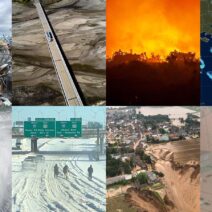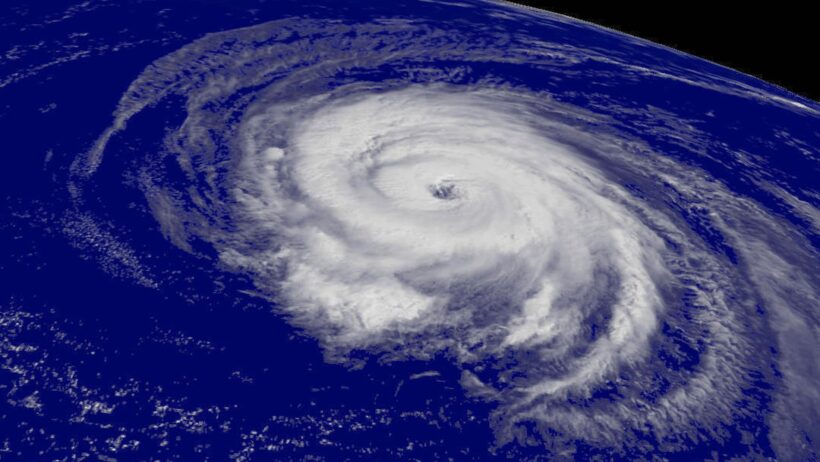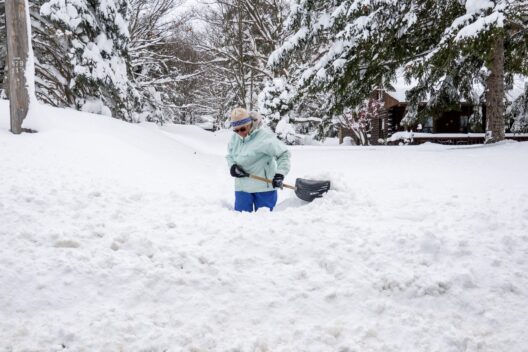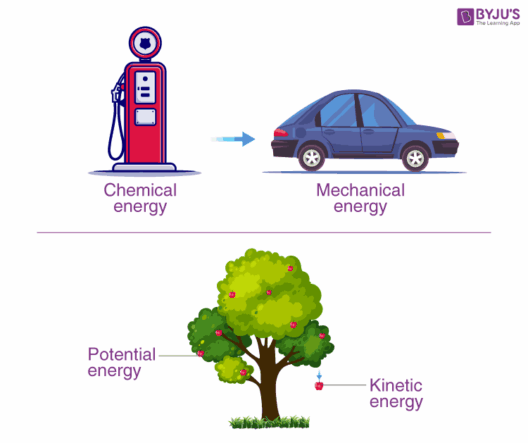As the world grapples with the evolving climate, hurricanes have emerged as the tempestuous heralds of global warming, ripping through coastal communities and leaving devastation in their wake. Each storm seems to embody the ferocity of nature itself, a chaotic crescendo that underscores the fragile equilibrium of our environment. Understanding the link between climate change and the intensity of hurricanes is paramount for both mitigating future impacts and fostering resilience in the face of an increasingly volatile climate system.
The genesis of a hurricane lies in warm ocean waters, which serve as the fuel for these ferocious storms. As temperatures soar due to climate change—predicted to rise as much as 2 to 3 degrees Fahrenheit over the next century—oceans warm at an unprecedented rate. This thermal expansion creates ideal conditions for hurricane formation. The warmer the water, the more energy available, nurturing storm systems that can develop into catastrophic hurricanes.
Hurricanes, like primal beasts unleashed from a slumber, thrive on the heat stored in oceanic depths. Historical data reveal a notable correlation between rising sea surface temperatures and the escalation of hurricane intensity. The ramifications of this relationship are evident in the increasingly precarious patterns we witness today. Where once storms were mere disturbances, they have evolved into behemoths capable of generating staggering winds and torrential rains, leaving communities vulnerable to flooding and destruction.
Moreover, the distribution of hurricanes has also transformed. Some regions find themselves besieged by storms more frequently, while others that once enjoyed relative tranquility become the unwitting battlegrounds of nature’s fury. The Gulf Coast and the Caribbean have experienced a surge in powerful hurricanes, leaving a trail of destruction reminiscent of nature’s own version of a Shakespearean tragedy. These changes in storm patterns and frequencies are alarming harbingers of a continually altering climate landscape.
In addition to frequency and intensity, hurricane rains are becoming more pronounced. A warmer atmosphere retains more moisture, and with this amplification, the volume of precipitation associated with hurricanes has surged. Scientific projections suggest that hurricane-related precipitation could increase by 20 to 30 percent as our planet’s temperatures rise. The result is a dual catastrophe: not only do storms become more potent, but they also rain down relentless torrents that can inundate regions already grappling with chronic flooding.
As we dissect the anatomy of these storms, it becomes clear that the nexus between hurricanes and climate change is not merely theoretical. Real-world consequences can be observed in the aftermath of numerous hurricanes. The ravaging effects of Hurricane Katrina in 2005, for instance, were exacerbated by rising sea levels, a direct consequence of climate change. Coastal cities, once thriving hubs of culture and commerce, now face the specter of rising tides encroaching upon them.
Yet, beyond the tangible impacts, hurricanes serve as a metaphor for the chaotic and dramatic shifts occurring within our climate. These powerful storms are not isolated phenomena but rather reflections of a greater systemic malfunction. They embody humanity’s struggle against its own misdeeds, a reminder that our actions—pollution, deforestation, and fossil fuel consumption—are entwined with the devastating forces of nature. It is as if the earth itself retaliates, confronting us with the consequences of our collective negligence.
Amidst the devastation, there exists a glimmer of hope in the fight against climate change and the impending horrors of hurricanes. The call to action reverberates through scientific communities, governments, and grassroots organizations alike. Mitigation efforts, including the transition to renewable energy sources, sustainable urban planning, and enhanced disaster preparedness, become indispensable tools in our arsenal against these overwhelming forces. The development of adaptive infrastructure can bolster community resilience, transforming vulnerable areas into fortified bastions against the wrath of impending storms.
Public awareness is another crucial pillar in this endeavor. As individual citizens become informed about the repercussions of climate change on hurricane frequency and intensity, the collective resolve to enact change can crystallize. Grassroots movements can emerge, shaping public discourse and galvanizing action at all levels—local, national, and global. This kind of activism can inspire a renaissance of environmental stewardship, where communities rally together to address the multifaceted challenges posed by climate change.
In conclusion, hurricanes serve as dramatic reminders of the climate crisis unfolding before our eyes. The connections between global warming and increasingly intense storms demand our attention and action. Like moths drawn to a flame, we must confront the stark reality of our warming planet and its consequences on weather patterns. While hurricanes may storm through our lives with ferocity, they also present opportunities for change and resilience. The fate of our communities and the health of our planet depend on our willingness to act, to heed the lessons of nature, and to forge a path towards a sustainable future. The time to act is now; before the next storm unleashes its vengeance, we must equip ourselves with knowledge, resilience, and an unwavering commitment to safeguarding our environment.







